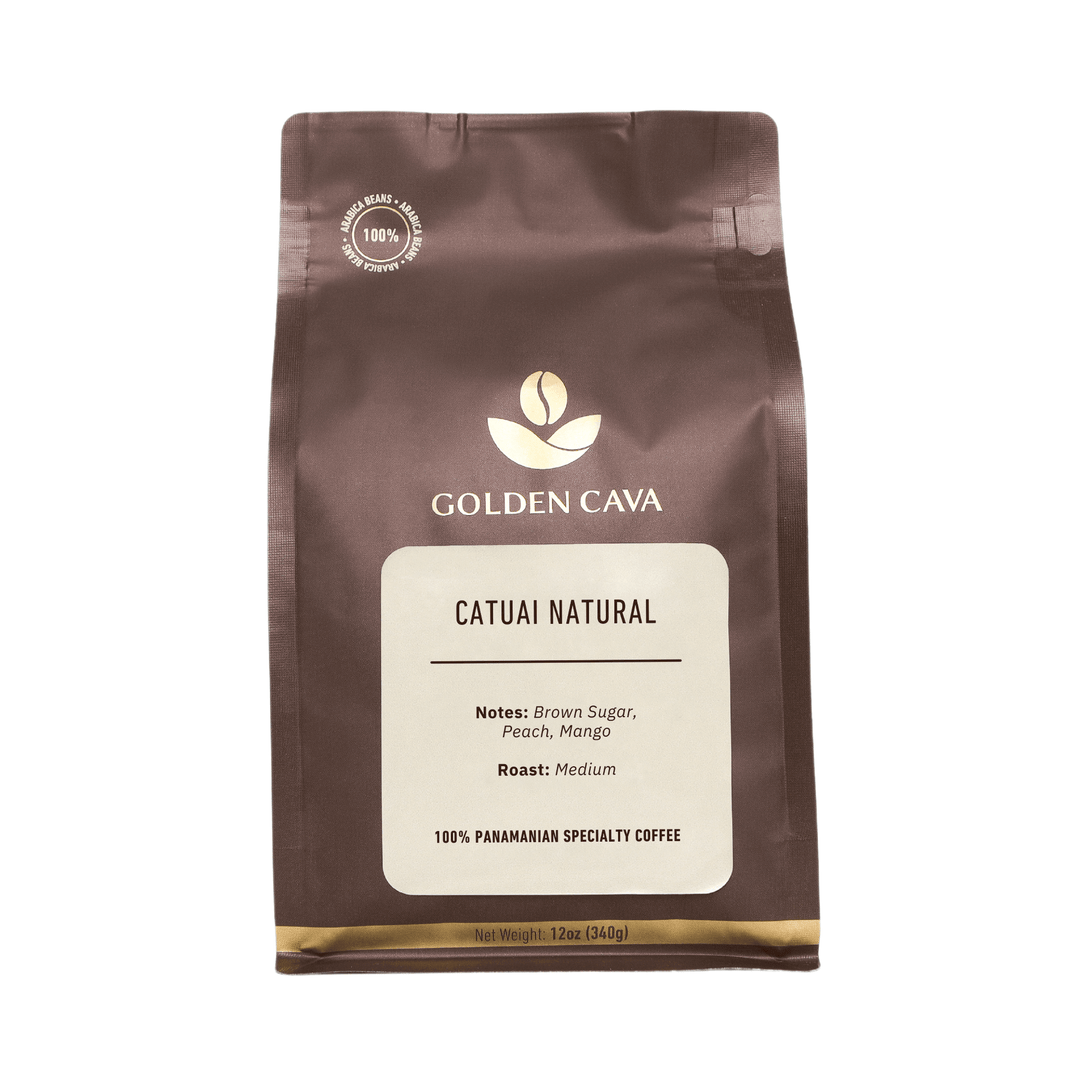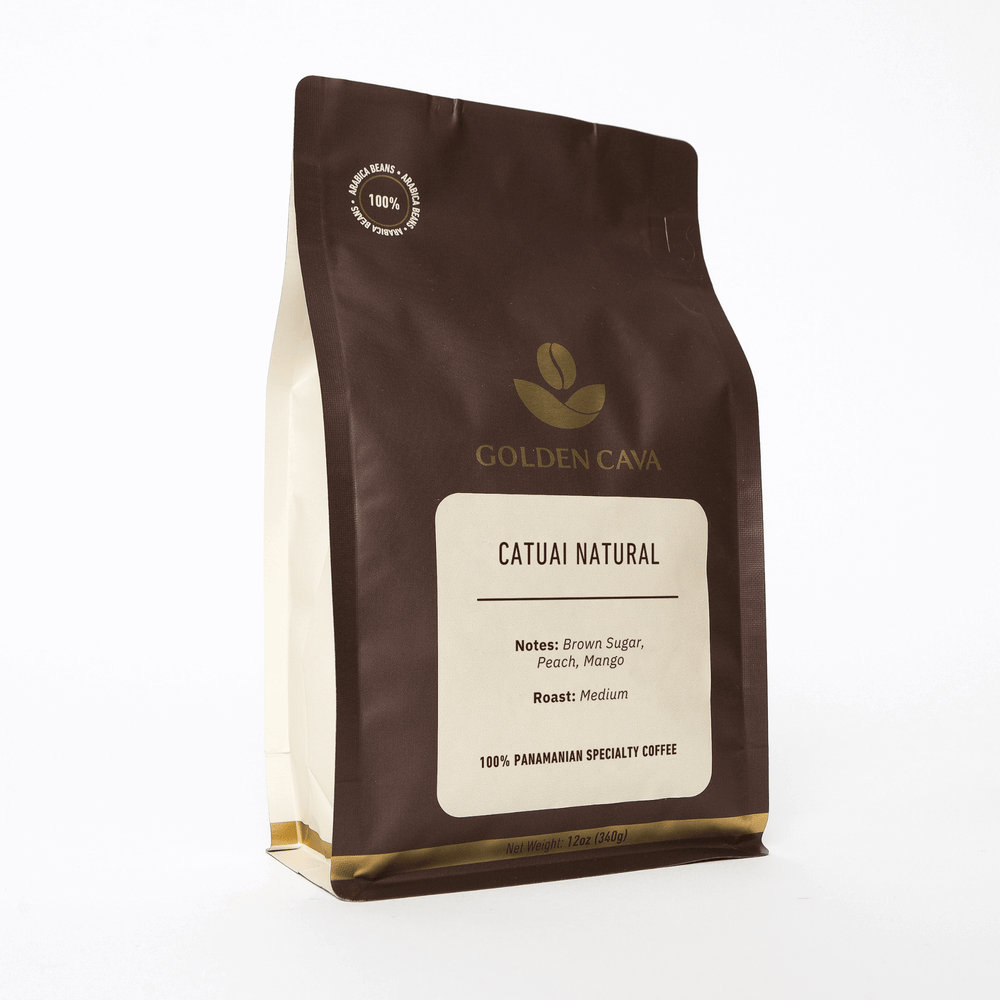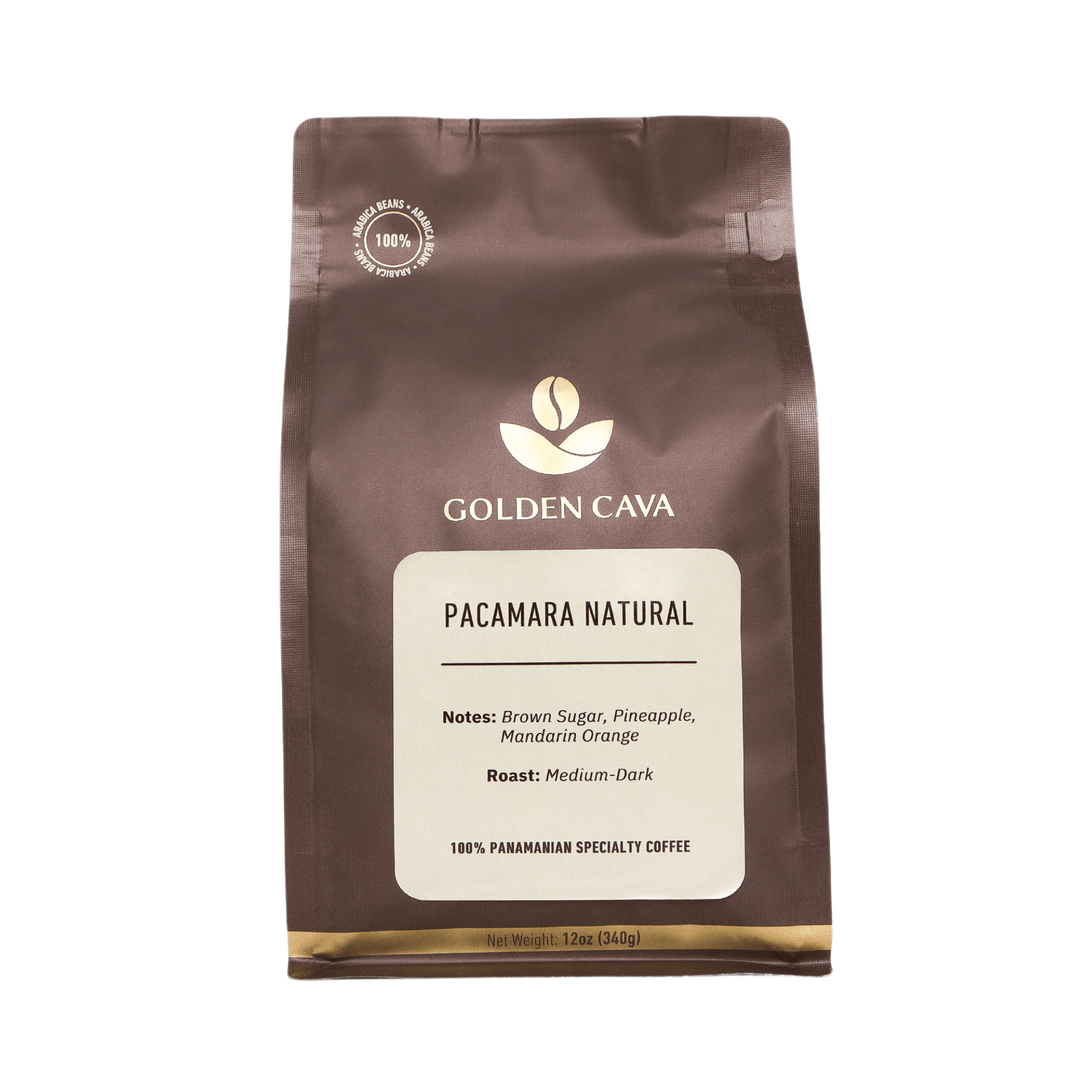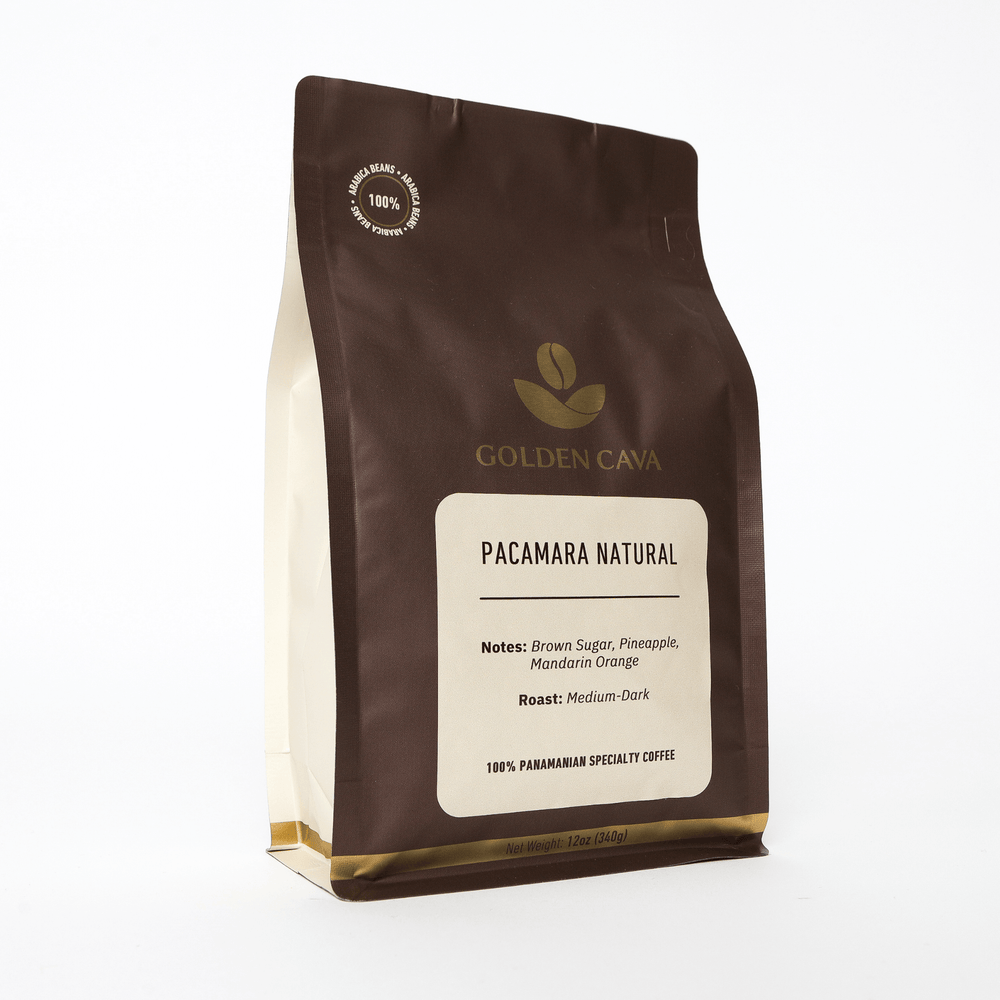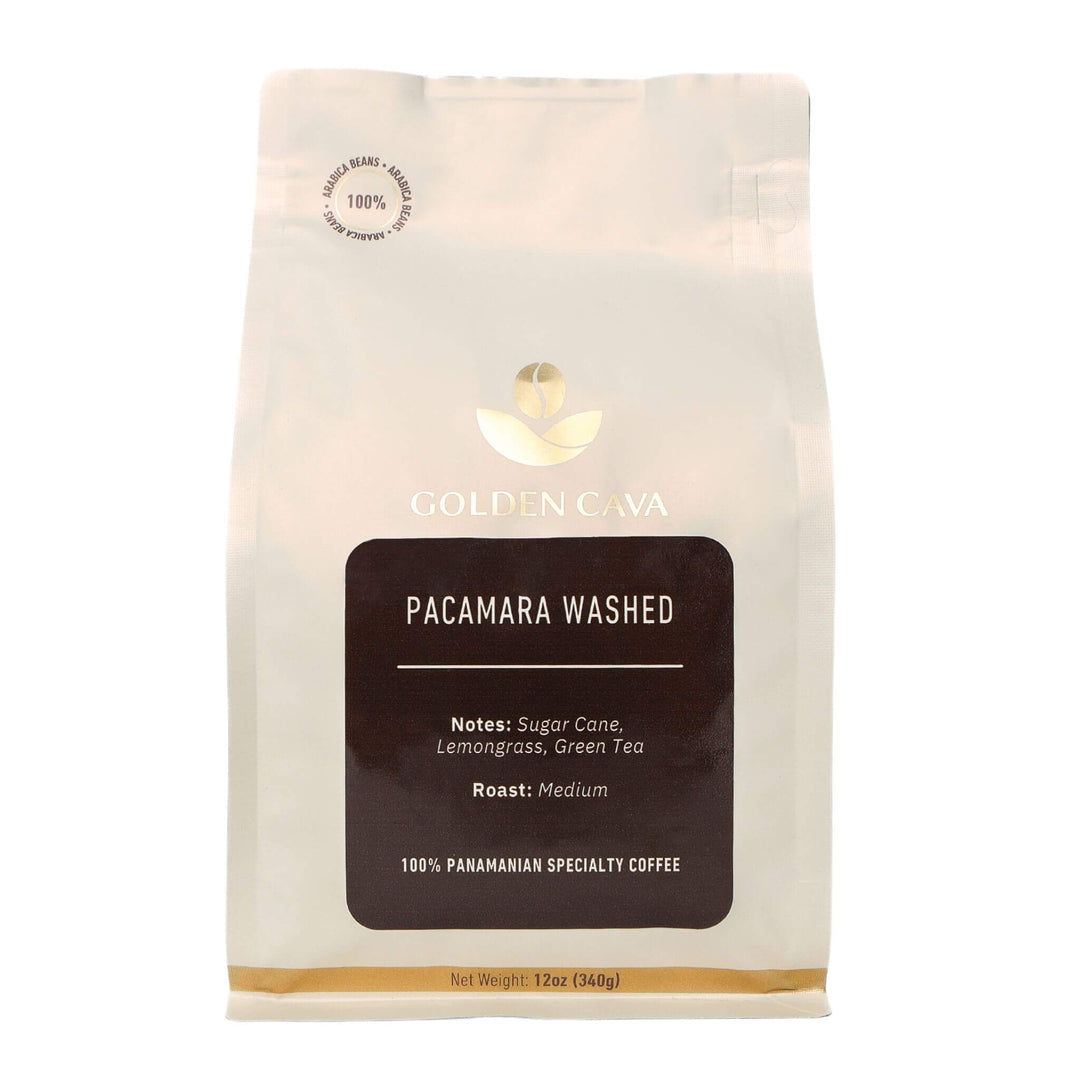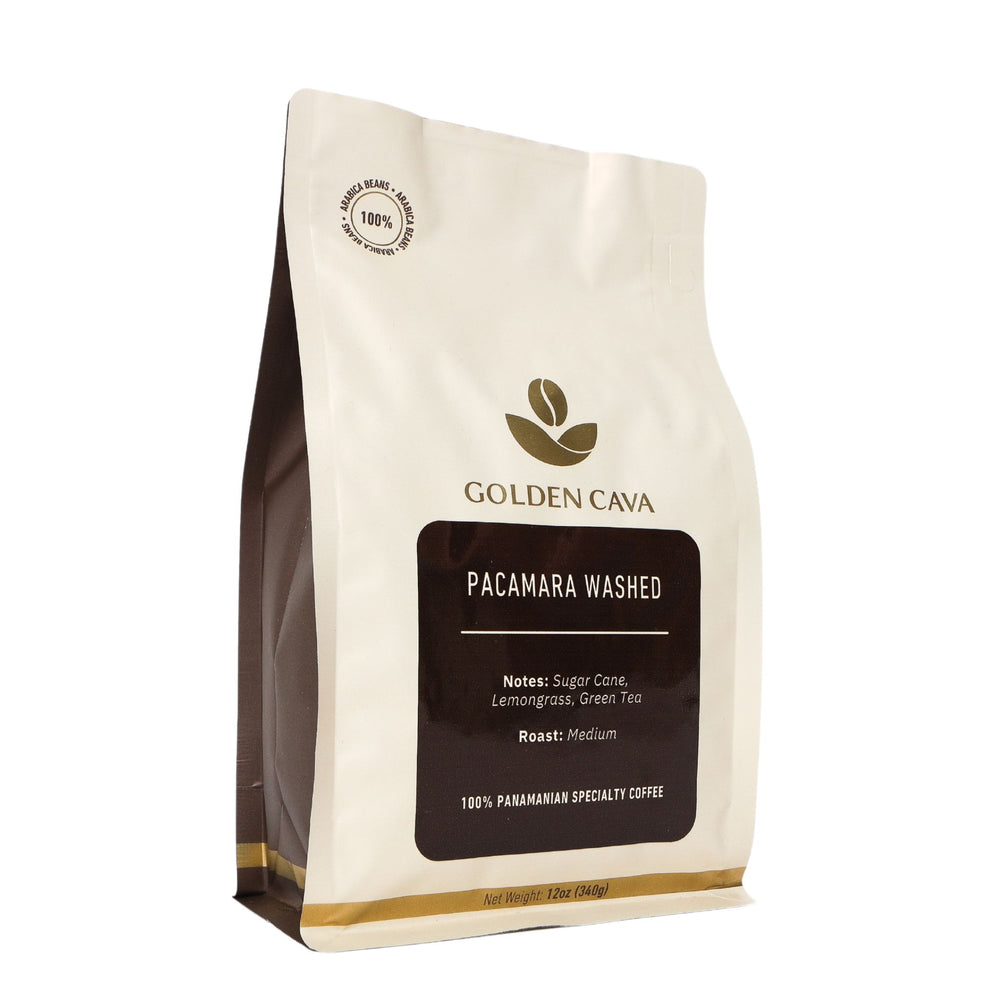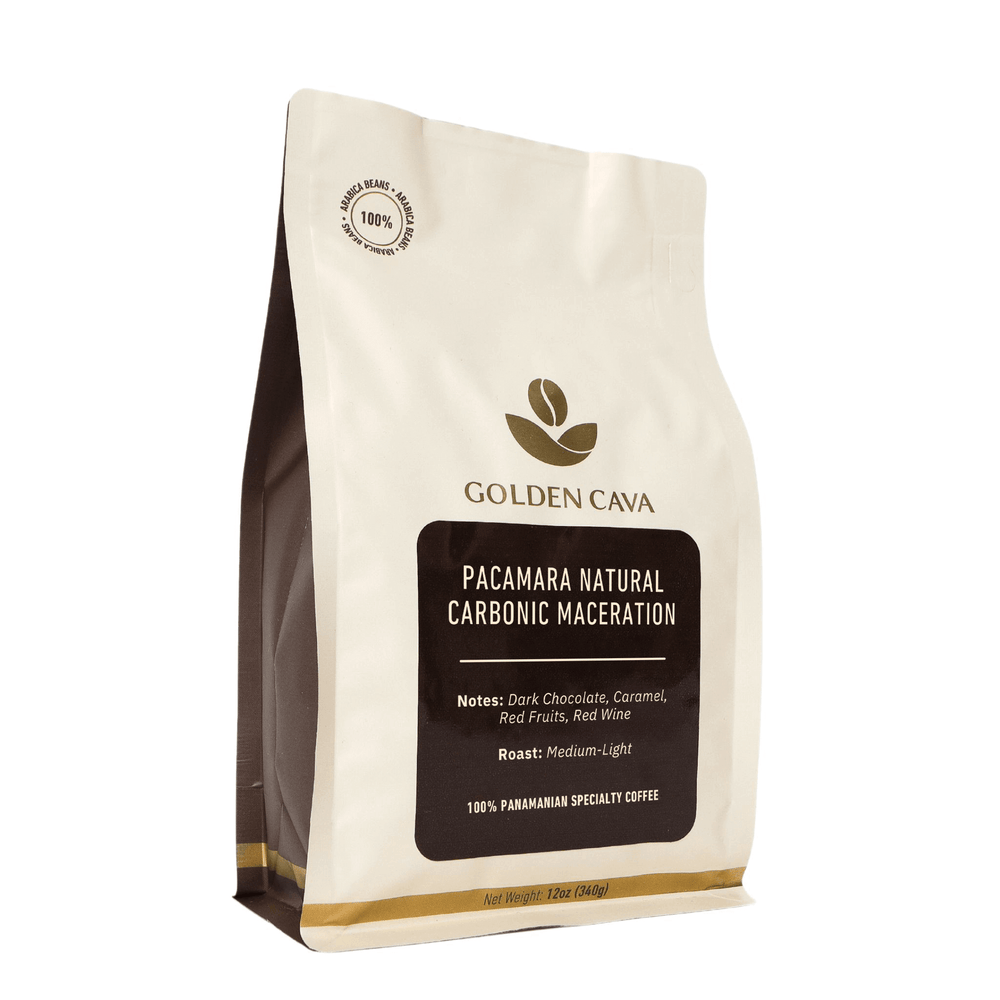Meet Typica coffee, the Arabica bean sensation with a flavor profile that's set to impress. It's more than just your average coffee; it's a specialty gem with a remarkable history.
Now, let's take an informative trip that spans continents and centuries as we uncover the fascinating tale of Typica coffee. From its humble beginnings in Ethiopia to its global influence today, we'll explore what makes this bean truly extraordinary.
And if you're eager to brew the perfect cup of Typica coffee, stay tuned for expert tips that will unlock its full potential. With a dash of creativity and a sprinkle of know-how, you're on the path to crafting a coffee experience like no other.
Table Of Contents:
- What is Typica Coffee?
- The Origins of Typica Coffee
- Where Does Typica Coffee Come From?
- How is Typica Coffee Different from Other Varieties?
- Brewing Tips for Making a Perfect Cup of Typica Coffee
- The Benefits of Drinking Typica Coffee
- Frequently Asked Questions Typica
- Enjoy Your Cup of Typica!
What is Typica Coffee?
So, diving a bit deeper into Typica coffee—it's not just any coffee. With its top-notch quality and unparalleled flavor, it stands tall among Arabica coffee varieties. Now, let's rewind the clock and explore where all this goodness started.
The Origins of Typica Coffee
Typica's roots are deeply anchored in the wild forests of southwestern Ethiopia. Can you picture European explorers, centuries ago, stumbling upon these unique plants during their African adventures? From there, thanks to bustling trade routes, Typica plants journeyed to Yemen. And before you know it, they were making waves in South America and Indonesia.
Bronze Leaf Tips: A Unique Feature
A distinguishing characteristic of growing Typica plants is their bronze leaf tips. The young leaves have a beautiful bronze hue, which later turns green as they mature. This feature sets them apart from other Arabica varieties.
Mundo Novo: A Crossbreed with Bourbon Variety
Coffee enthusiasts are forever in pursuit of the perfect brew. In their quest for excellence, they had a brilliant idea: "Why not combine the remarkable traits of Typica with the exceptional Arabian Bourbon variety?" With unwavering dedication, they embarked on a mission, giving birth to Mundo Novo.
This blend brilliantly harnessed the strengths of both parent varieties. From Bourbon, it inherited a robust resistance to diseases, ensuring the coffee's durability. And from Typica, it gained access to the revered high-quality taste that has captivated coffee lovers for generations.
Just imagine having both resilience and exceptional flavor wrapped up in a single coffee bean. Mundo Novo is a testament to Typica's enduring legacy, proving that from it, incredible innovations can emerge.
Taste Profile: What Makes It Stand Out?
- Sweetness: One notable aspect of single-origin typic coffee beans is their inherent sweetness, which adds a pleasant and well-rounded taste to the brewed black coffee.
- Acidity: Typica coffee has a bright acidity that enhances its overall flavor profile. This characteristic makes it highly sought after by connoisseurs who appreciate complex flavors in their cup of joe.
- Body: Although not as full-bodied as some other varieties like Indonesian Typica or Malabar Coast Arabicas, this variety still offers a satisfying mouthfeel that complements its taste attributes.
In addition to these characteristics, Typica coffee exhibits subtle variations depending on where it is grown. For example, typica plants in the Dominican Republic yield fruity and chocolate notes, whereas those in Mexico yield beans with hints of nuts and caramel.
These regional variations add to this exceptional bean's allure for casual drinkers and aficionados.
The Journey Continues: From Southwestern Ethiopia to Your Cup
Typica coffee beans have quite the tale to tell, starting their journey in southwestern Ethiopia and eventually winning the hearts of coffee lovers. While Typica isn't as tough against diseases as some newer coffee types, it remains special for one reason: its exceptional quality.
Picture this: a single coffee plant that began its life in the lush forests of Ethiopia has traveled across the world, leaving its mark in places like French Guiana and stretching across vast regions of South America.
This journey isn't just a geographic adventure; it's proof of Typica's significant impact on the global coffee scene.

Where Does Typica Coffee Come From?
It comes from the heart of southwestern Ethiopia, where lush green forests abound and the first coffee plants emerged. That's where our beloved Typica coffee had its humble beginnings. As time trotted on, this coffee didn't just stay put—it traveled, ventured, and saw the world! And as it settled into new lands and climates, it did a bit of evolving on the side, branching out into diverse sub-varieties.
A Journey from Africa to South America
Plants of the Typica genus made their way from Ethiopia to Yemen in the Arabian Peninsula in the 17th century. The Dutch East India Company brought plants to Amsterdam's botanical gardens in the early 18th century, and from there, they were transported to the Dutch colonies on Java (now part of Indonesia).
Toward the end of the same century, some French explorers brought Typica seeds to Martinique Island in the Caribbean. This landmark was critical in the spread of this coffee variety throughout Central and South America.
Adaptation Across Continents: Key Growing Regions Today
- Mexico: In Mexico's Plume Hidalgo region, you'll find one of Latin America's oldest growing areas for Typica beans.
- Brazil: Mundo Novo - a hybrid between Bourbon and Typica - was developed here due to Brazil’s need for high-quality varieties that are resistant to diseases.
- India: The Malabar Coast is known for its Typica beans, which have a unique flavor profile influenced by the monsoon rains that hit the region every year.
Typica coffee cultivation is not limited to the regions above; it is also practiced in other parts of Africa and Asia. However, because of its susceptibility to pests and diseases, growers will find it more difficult to cultivate this variety than other coffee varieties.
The Evolution of Typica Coffee Varieties
As mentioned earlier, Typica has evolved into several sub-varieties as it spread across different continents. Some notable examples include:
- Bourbon: A mutation discovered on Bourbon Island, separate from Typica, (now Reunion) in the Indian Ocean; characterized by its high-quality beans and increased productivity compared with original Typica plants.
- Caturra: This natural mutation with distinctive bronze leaf tips, has made its mark in the world of coffee. It has the remarkable ability to thrive at higher altitudes while consistently delivering a delightful cup of coffee. Its journey began when it was first discovered on a plantation in the state of Minas Gerais, Brazil, between 1915 and 1918. With its roots in the Dominican Republic and its global influence, Caturra continues to be a fascinating and flavorful part of the coffee story.
- Mundo Novo: Developed in Brazil through natural crossbreeding between Bourbon and Typica plants; prized for its disease resistance without sacrificing taste or aroma characteristics typical of Arabica coffee varieties like Typica.
Here's the thing about Typica beans: they're world travelers! Grown in pockets across the globe, each region impacted the development of its sub-varieties, ultimately impacting its flavor. But how does Typica stack up against other coffee kids on the block? In the sections below, we will tell you!

How is Typica Coffee Different from Other Varieties?
Typica coffee is distinguished by its flavor profile, plant morphology, and growing conditions, which set it apart from other varieties. The distinctive features of Typica that have made it so popular will be discussed further below.
Flavor Profile
Typica coffee beans stand out due to their distinct flavor profile. They have a well-balanced, high-cup quality and a sweet chocolate or caramel flavor with a hint of fruitiness. These are great options for those who prefer coffee without sugar or milk.
Morphology and Growing Conditions
Typica plants are distinguished by their bronze leaf tips and elongated cherries (coffee fruits) from other Arabicas such as Bourbon and Mundo Novo. The taller stature of a single Typica plant can make harvesting more challenging, but it also has the potential for higher yields under ideal conditions.
- Growing Regions: Typica was originally cultivated in southwestern Ethiopia, but due to its adaptability and high-quality beans, it has spread worldwide, particularly in South America. This plant grows well on the Malabar Coast of Indonesia (which produces Indonesian Typica), the Dominican Republic, and Plume Hidalgo in Mexico.
- Elevation: Typica coffee plants thrive at altitudes of 1,000 to 2,000 meters above sea level, where temperatures are cooler and cherries ripen more slowly. This process results in denser beans with a more nuanced flavor.
- Susceptibility to Disease: Growing Typica can be hazardous due to its susceptibility to diseases such as leaf rust and pests like the coffee berry borer. It is particularly vulnerable compared to other major varieties such as Mundo Novo or Catimor. Some farmers may choose not to grow Typica because of its susceptibility to pests and diseases.
The Role of Typica Coffee in Specialty Coffee Culture
Think of Typica as the granddaddy of Arabica varieties. Having been around the block, it's had a big hand in shaping what we call 'specialty coffee culture' today. What makes it so special?
Well, for starters, its unbeatable cup quality is what many consider the gold standard in coffee taste and coffee varieties. It’s like that classic album everyone compares new music to.
And here’s another feather in its cap: many of the modern coffee hybrids we see today? They owe a nod to Typica. Thanks to its top-tier flavors and dense beans, it's often the go-to parent plant for creating new strains.
To sum it up: Typica is more than just another bean. It has a rich flavor profile, a unique look, and is super adaptable. Although it tends to attract pests and isn’t a fan of diseases (especially when you compare it to hybrids like Mundo Novo or Catimor), its legacy in setting the tasting bar high is undeniable.
And for those chasing that perfect cup, it's been a guiding star, pushing growers to think outside the box and innovate.

Brewing Tips for Making a Perfect Cup of Typica Coffee
To fully appreciate the unique flavor profile and characteristics of Typica coffee beans, following some brewing tips that will help you make the perfect cup is essential. Here are some expert recommendations on how to get the most out of your Typica coffee:
Choose Freshly Roasted Beans
Like all good things in life, it starts with freshness. So, when hunting for Typica, ensure you’re getting recently roasted beans. Places like Golden Cava are stocked up with prime single-origin Typica beans from vibrant South America or tropical Indonesia.
Grind Your Beans Just Before Brewing
Coffee’s a bit like a good spice; you must grind it before using it. This keeps all those flavors locked in. If you're serious about your coffee, a burr grinder might be your best buddy. It’ll get you that consistent grind size, perfect for your brewing method.
Select The Right Brewing Method For You
- Pour-Over: If you're all about those intricate flavors and a touch of brightness, go pour-over. Think medium-fine grind and aim for a brew time between 2:30 to 4 minutes. Adjust based on your taste!
- Aeropress: Craving a strong, rich black coffee? The Aeropress is your friend. Use fine-medium ground Typica beans and watch the magic happen.
- French Press: Love your coffee bold with a bit of oiliness? The French Press is where it's at. It calls for coarser grounds than the pour-over. So, remember, grind accordingly!
- Espresso: For those who like their coffee with a kick, turn Typica beans into espresso. Go for a fine grind and play with your espresso machine's settings. Find that sweet spot between extraction time and pressure, and right there, you're in coffee heaven.
Dial In Your Water Temperature And Ratio
Typica coffee requires water between 90 and 96 degrees Celsius (195 and 205 Fahrenheit). Within this temperature range, extraction is optimized, preventing bitterness or scorching of the grounds. Aim for a coffee-to-water ratio of 1:5 to 1:8, depending on how strong you like your coffee.
Clean Equipment And Fresh Water Make A Difference
To get the most out of your Typica coffee, it's essential to keep your brewing equipment clean. Any residue left behind can mess with the unique flavors of these beans, so regular cleaning ensures you get the purest taste.
Another key tip is to always use fresh, filtered water. This makes a big difference in bringing out the full range of flavors when you brew Typica coffee. While brewing Typica might require a bit of precision and commitment to quality, the effort is well worth it. Not only does Typica coffee offer a unique flavor profile, but it also comes with a range of health benefits, making it a top choice for coffee lovers.
By following these steps, you're on track to unlock the full potential of Typica coffee. Whether you're enjoying it at home or exploring its origins in places like the Malabar Coast or the Dominican Republic, these tips will help you savor every sip.
The Benefits of Drinking Typica Coffee
Typica coffee isn't just about rich flavors and a storied past. Delving into this bean reveals various benefits for both consumers and the environment. Explore why Typica might be the next essential addition to your coffee repertoire.
Potential Health Benefits
As an Arabica coffee variety, Typica shares many health benefits associated with other Arabicas. These may include:
- Antioxidants: Coffee naturally houses antioxidants that combat damage from free radicals, potentially boosting overall health and warding off certain diseases.
- Cognitive Function: The caffeine in black coffee can sharpen cognitive function and bolster memory.
- Mental Health: Regular coffee intake might lower the chances of depression and reduce suicidal tendencies.
- Type-2 Diabetes Prevention: Consistent research highlights that avid coffee drinkers might have a reduced risk of type-2 diabetes.
A Unique Coffee Experience
Sipping on Typica is more than just a coffee break; it's a journey. It weaves a tale from the days of European colonization, linking you to the world's rich coffee tapestry, all while tantalizing your taste buds.

Frequently Asked Questions Typica
What are the characteristics of Typica?
Absolutely! Typica coffee is like that friend with a sweet disposition who always brightens up the room. It has a lovely, delicate sweetness paired with a lively acidity. You might even detect some fruity notes dancing around. Regarding the body, it's on the lighter side, leaning towards the medium. The beans have this unique elongated shape with a gently curving crease in the middle.
What is a Typica?
Typica is one of the most ancient and pure Arabica coffee varieties. Imagine a family tree for coffee - Typica would be one of the great-grandparents! It traces its roots back to Ethiopia. It stands out in the coffee world; it's been planted in various parts of the globe because of its standout quality. Plus, many other coffee varieties owe their genetics to it.
What does typica coffee taste like?
Typica coffee has a clean, well-balanced flavor with notes of bright acidity and subtle fruitiness. It can have a caramel-like sweetness or a more complex sugar cane flavor, depending on the growing conditions and processing methods, and its aroma can have hints of floral or citrus.
What is the difference between Typica and bourbon coffee?
While Typica and Bourbon are Arabica heirlooms, the latter can be traced back to Reunion (then known as ‘Ile de Bourbon). Bourbon is a natural mutation of Typica. While both Bourbon and Typica have sweet and bright flavors, Bourbon is typically more flavorful and has a higher perceived acidity than Typica.
Once separated from Bourbon, Typica coffee showcases its unique characteristics. Typica, like Bourbon, has roots in Arabica heirlooms, but it has a different origin story. While both Bourbon and Typica share sweet and bright flavors,
Enjoy Your Cup of Typica!
It's important to remember that it all starts with your choice of beans typica or other – opt for ones that come from reputable roasters known for their meticulous attention to roasting profiles. The simple act of grinding fresh beans moments before brewing can be the bridge between a good and an exceptional coffee experience.
With these simple steps we have offered throughout this article, you're on your way to a consistently satisfying cup of coffee, free from the harsh taste of burnt bitterness.
We invite you to continue your coffee journey with Golden Cava as we celebrate this cherished bean. Our specialty e-commerce store doesn't just offer a range of quality products; it's a testament to our commitment to freshness, sustainability, and the enriching tales behind every cup.


